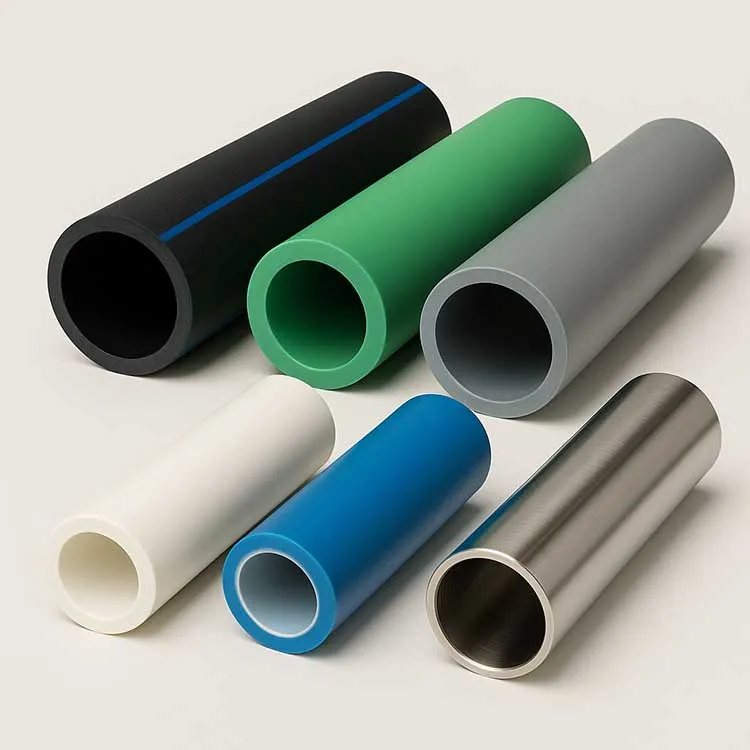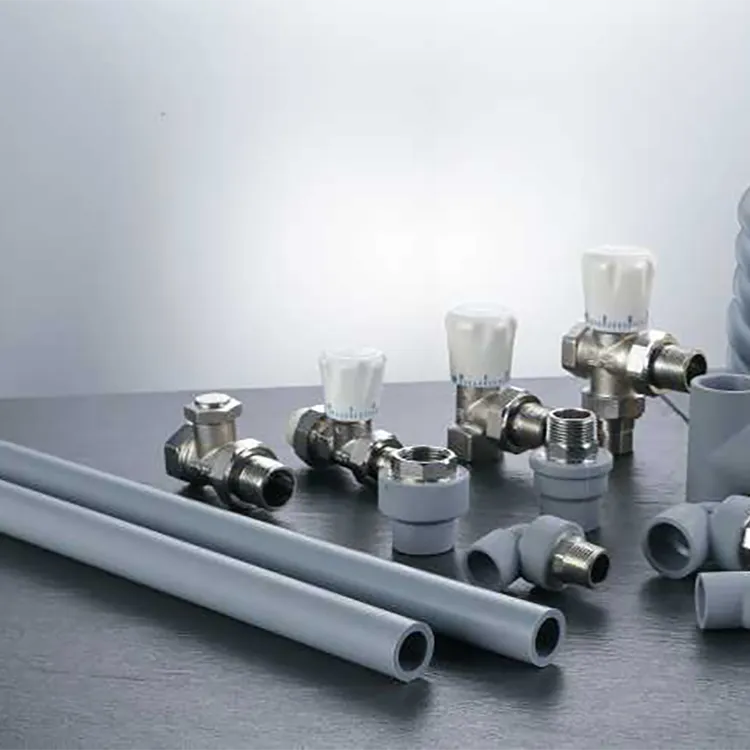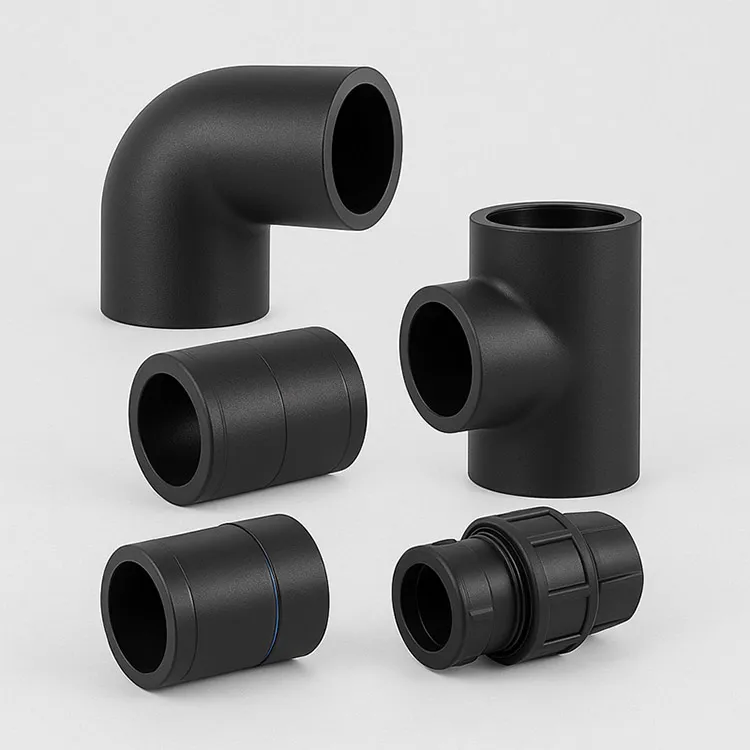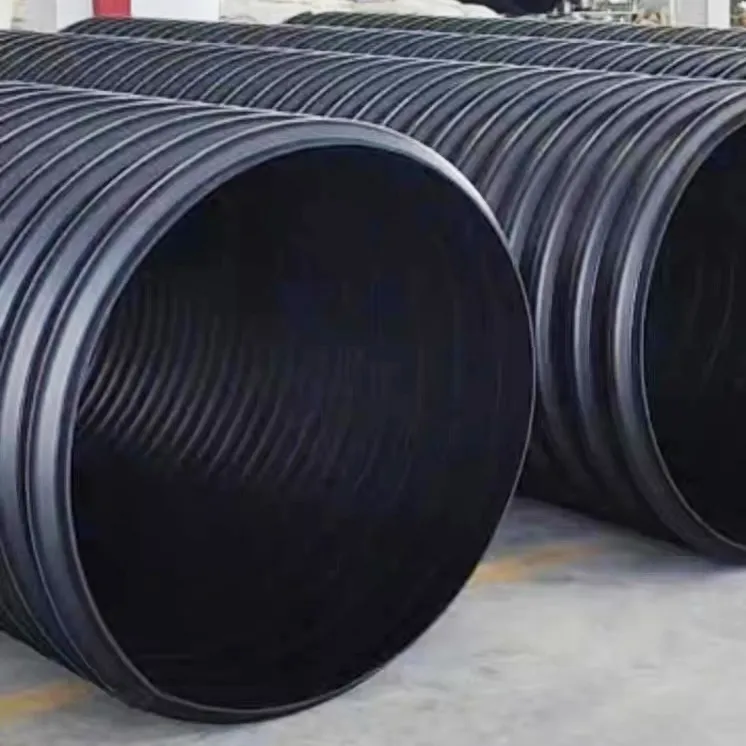1. Comparison of production flexibility
1.1 Flexibility of 3D printing
One of the biggest advantages of 3D printing technology is its high flexibility. During the production process, 3D printing can directly print any complex shape according to the design file without complex molds or tools. This makes 3D printing particularly suitable for customization, small batch production or rapid prototyping. For situations where a quick response to customer special needs, unique specifications or replacement accessories is required, 3D printing can significantly shorten the production cycle. For example, when a pipeline system needs to replace damaged accessories, 3D printing can quickly provide customized accessories and reduce system downtime.
1.2 Standardization of traditional manufacturing methods
Traditional manufacturing methods, such as mold casting and injection molding, are superior in standardized production. These methods rely on prefabricated molds and efficient production lines to quickly and consistently produce a large number of identical pipe fittings, ensuring uniform product quality and size. In mass production, traditional processes are often more cost-effective than 3D printing because the cost of mold input can be spread out in mass production and the production speed is relatively fast.
2. Mass production and small batch customization
2.1 3D printing: an ideal choice for small batch customization
3D printing is suitable for small batch customization production, especially when demand is uncertain or customization requirements are high. In traditional production processes, the cost of molds and equipment is often high and is not economical for small batch production. 3D printing does not rely on complex molds, allowing design and production according to the specific requirements of each customer, especially for pipe fittings that require single or small-scale production. For example, for pipe systems in old buildings or special environments, 3D printing can provide accurate fittings replacement, reducing inventory and unnecessary production waste.
2.2 Traditional manufacturing methods: the first choice for mass production
In mass production, traditional manufacturing methods still have incomparable advantages. Through prefabricated molds, automated injection molding or casting production lines, traditional manufacturing methods can produce a large number of standardized pipe fittings in a short time. The fixed cost of the mold can greatly reduce the manufacturing cost of each unit product in mass production, so traditional production methods are more economical for products with high demand and standardized specifications. For large-scale construction projects, urban pipeline construction and other fields, traditional production methods are still the first choice.
3. Production cycle and cost comparison
3.1 3D printing: long single-piece production cycle, but strong adaptability
3D printing technology usually has a long single-piece production cycle, especially for highly complex accessories or materials, the printing time may be longer than traditional manufacturing methods. Despite this, 3D printing still has irreplaceable advantages in small-batch customization or where rapid prototyping is required. Its costs are mainly concentrated on equipment and materials, without the need to pay for mold costs, which makes 3D printing more cost-effective under diversified and customized needs.
3.2 Traditional manufacturing methods: mass production in a short period of time
Traditional manufacturing processes, such as mold casting and injection molding, can produce a large number of pipe fittings quickly and efficiently. The initial investment in the mold may be high, but once the mold is completed, mass production can be carried out quickly, effectively reducing the production cost per unit product. In a standardized production environment, the production cycle of traditional methods is usually short, and the product quality is consistent, which is suitable for projects with large-scale needs.
4. Material and performance comparison
4.1 3D printing: material selection and performance flexibility
Another advantage of 3D printing technology is that it can support the printing of a variety of different materials, including plastics, metals and even composite materials. In the production of pipe fittings, 3D printing can use materials with different properties as needed, such as reinforced plastics or high-temperature resistant metals, to meet the use requirements in specific environments. At the same time, 3D printing technology can accurately control the structure and density of the fittings, thereby optimizing their performance, such as reducing weight and improving pressure resistance.
4.2 Traditional manufacturing methods: mature material application
Traditional pipe fittings manufacturing methods already have a rich selection of materials, such as PVC, PE, aluminum alloy, steel, etc., and the production process is mature and stable, which can meet the basic performance requirements of pipe fittings. In high temperature, high pressure and corrosive environments, the adaptability of traditional manufacturing materials is also relatively strong. However, traditional manufacturing methods usually need to be more fixed in material selection, and it is difficult to flexibly adjust the performance of materials like 3D printing.
5. Conclusion: Choose a suitable production method
On the whole, 3D printing pipe fittings and traditional manufacturing methods have their own advantages and disadvantages, and are suitable for different application scenarios.
Mass production: If the goal is to quickly and economically produce a large number of standardized pipe fittings, traditional manufacturing methods (such as injection molding, mold casting) are still the best choice. These methods can mass-produce products in a short time and at a relatively low cost.
Small batch customization: When producing pipe fittings that require high customization, complex structures or special materials, 3D printing technology has demonstrated its incomparable advantages. Especially in scenarios such as maintenance and replacement, emergency needs, and customized accessories, 3D printing can provide fast and accurate solutions.
With the continuous development of technology, the combination of 3D printing technology and traditional manufacturing methods may become the mainstream trend of pipe fittings production in the future. The two complement each other's advantages, find the best balance between flexibility and standardized production, and promote the continuous improvement of efficiency and quality of pipe system manufacturing.
231.webp)


981.webp)

 (1)379.webp)

294.webp)
476.webp)
420.webp)
146.webp)
460.webp)
287.webp)
274.webp)
688.webp)


